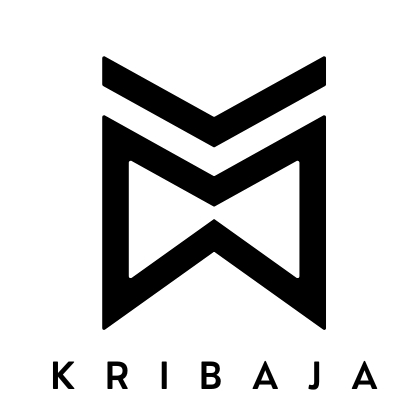Creating content that converts: a step-by-step guide
Creating content that converts is not just about writing; it's about crafting a message that resonates with your audience and compels them to take action. Conversion-focused content is designed to turn visitors into leads, and leads into customers, ultimately driving revenue for your business.
Before you begin creating content, it's crucial to know who you're writing for. Our primary target audience includes small to medium-sized businesses, marketing managers, and entrepreneurs who are looking to enhance their digital presence. Understanding their needs, preferences, and pain points will guide your content strategy and ensure that your message hits home.
Step 1: Research and Planning
Keyword research is the cornerstone of SEO and content creation. It involves identifying the terms and phrases your target audience uses when searching for products or services like yours. Tools like Google Keyword Planner and SEMrush can help you find relevant keywords that can drive targeted traffic to your site.
Analyzing what your competitors are doing can provide insights into what content is working in your industry. Look at their most popular posts, social media activity, and customer feedback to identify gaps and opportunities in your own content strategy.
Once you have a clear understanding of your keywords and competition, it's time to plan your content. This involves deciding on topics, formats, and the publishing schedule that will keep your audience engaged and coming back for more.
Step 2: Crafting Your Message
Your unique value proposition (UVP) is what sets you apart from the competition. It should be clear, concise, and compelling, highlighting the benefits of your products or services and why customers should choose you.
Headlines are the first thing your audience will see, so they need to be attention-grabbing. Use powerful words and numbers to create curiosity and convey value, encouraging readers to click through and read more.
Storytelling can be a powerful tool in content creation. An engaging narrative can captivate your audience, making your content memorable and shareable. Use real-life examples, case studies, and testimonials to add authenticity and trust to your message.
Step 3: Optimizing for SEO
On-page SEO involves optimizing individual web pages to rank higher in search engines. This includes using title tags, headers, alt text for images, and creating high-quality, relevant content.
Once you have your keywords, it's important to place them strategically throughout your content. This includes the title, headers, opening paragraph, and throughout the body text, without overstuffing.
Meta tags provide search engines with information about your webpage. A well-crafted meta description can improve click-through rates from search engine results pages (SERPs).
Step 4: Visual and Interactive Elements
Visuals are key to capturing and retaining the attention of your audience. Images and videos can help illustrate points, break up text, and increase engagement.
CTAs are crucial for conversion. They guide your audience on what to do next, whether it's subscribing to a newsletter, downloading a whitepaper, or making a purchase. Ensure your CTAs are clear, compelling, and easy to find.
With the increasing use of mobile devices to access the internet, your content must be mobile-friendly. A responsive design ensures that your content looks great and functions well on all devices.
Step 5: Promotion and Distribution
Not all content distribution channels are created equal. Choose the platforms where your target audience is most active, whether it's social media, blogs, email, or other online communities.
Content syndication can extend the reach of your content by sharing it on other websites. This can increase visibility and drive more traffic back to your site.
Email marketing remains one of the most effective ways to promote content. Personalized emails can help nurture leads and convert them into customers.
Step 6: Measuring Success
Measuring the success of your content is essential to understand what's working and what's not. Use analytics tools to track traffic, engagement, and conversions.
A/B testing allows you to compare different versions of your content to see which performs better. This data-driven approach can help optimize your content for better results.
Finally, use the data from your analytics and A/B tests to refine your content strategy. Adjusting your approach based on what your audience responds to will help you create more effective content over time.






Comments (0)